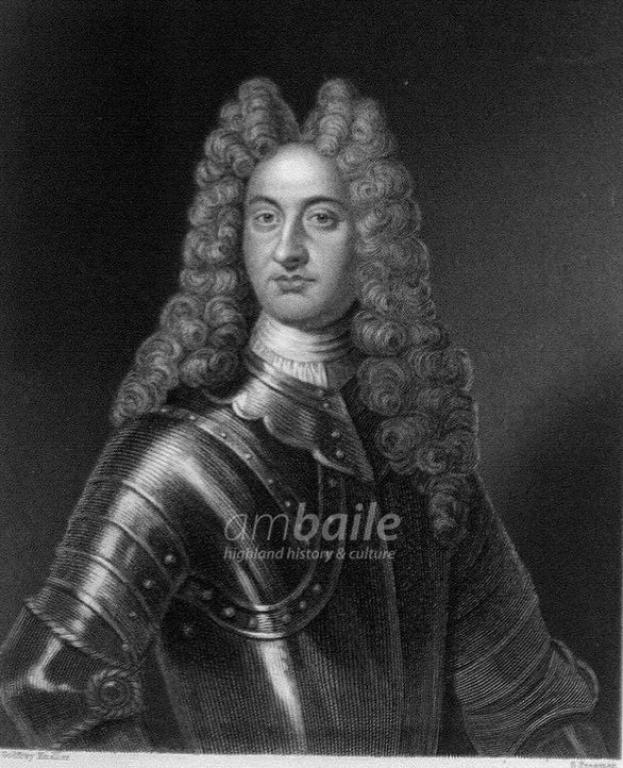
The Words which Led the Jacobite Rebellion in 1715
By Katherine Davidson
The Jacobite rebellion is etched into the history of the Highland and Islands, famously synonymous with Inverness and the 1745 rising, which ended the rebellion in the decisive battle at Culloden in April 1746. The rebellion encapsulated the entire area, with most major towns and islands being involved. The uprising in 1715 is often overlooked in favour of the more famous 1745 rising with Bonnie Prince as its figurehead. However, a small book containing letters and manifestos from the 1715 Jacobite rebellion acts as a window into the events of the earlier movement and the thoughts and feelings of people involved. This can be found at the Highland Archive Centre in Inverness.
This book contains letters about the 1715 rising, many involving the Earl of Mar, an influential and prominent leader of the Jacobite rebellion. The rebellion itself was an attempt by James Edward Stuart, known as the 'Old Pretender', to claim back the throne of Britain, with critical events taking place in the Highlands, such as at Braemar and Sheriffmuir. The focus on his son's rebellion thirty years later often overshadows this. Therefore, having copies of letters from when events were happening transports the reader into the political circumstances and tense atmosphere of the time. The evocative language used, showing the many emotions of the rebellion, provide a human connection to the events of the uprising and offer a glimpse of the propaganda used at the time to incite men to action!
 Image provided by Am Baile/ Fraser MacKintosh Collection
Image provided by Am Baile/ Fraser MacKintosh Collection
Portrait of John Erskine, the Earl of Mar 1675-1732
Letters before the rising include detail on Queen Anne's death and what it was like serving the new King George, and a manifesto calling for supporters to restore the 'rightful and native king'. The letters all-round provide an insight into the mind of the leader, the Earl of Mar and his strategies, a character not often associated or known to be connected to the rising. So many stories of the Jacobite rising can be found in historical documents. When we read the words of these letters, we connect with history in a personal and emotional way. This to me is the 'spirit' of the Highlands and Islands which can be found in words from long ago as they evoke emotion in readers today and embellish the rich history and heritage of the region.
We Want to Hear From You!
Share your stories of historical objects which you feel represent the Spirit of the Highlands and Islands
Stories are at the heart of what we do as a project and we are always looking to learn more about what the Highlands and Islands means to people who live, work, and visit here.
Objects from the history of the Highlands and Islands are all vessels for stories from past eras gone by. The stories told by the letters in this story are no exception, and provide a unique snapshot of the people of Highlands in 1715. We would love to know, what objects from history do you feel represents the Spirit of the Highlands and Islands? Tell us below, we can't wait to hear from you!
Click here to share your story through our online story portal